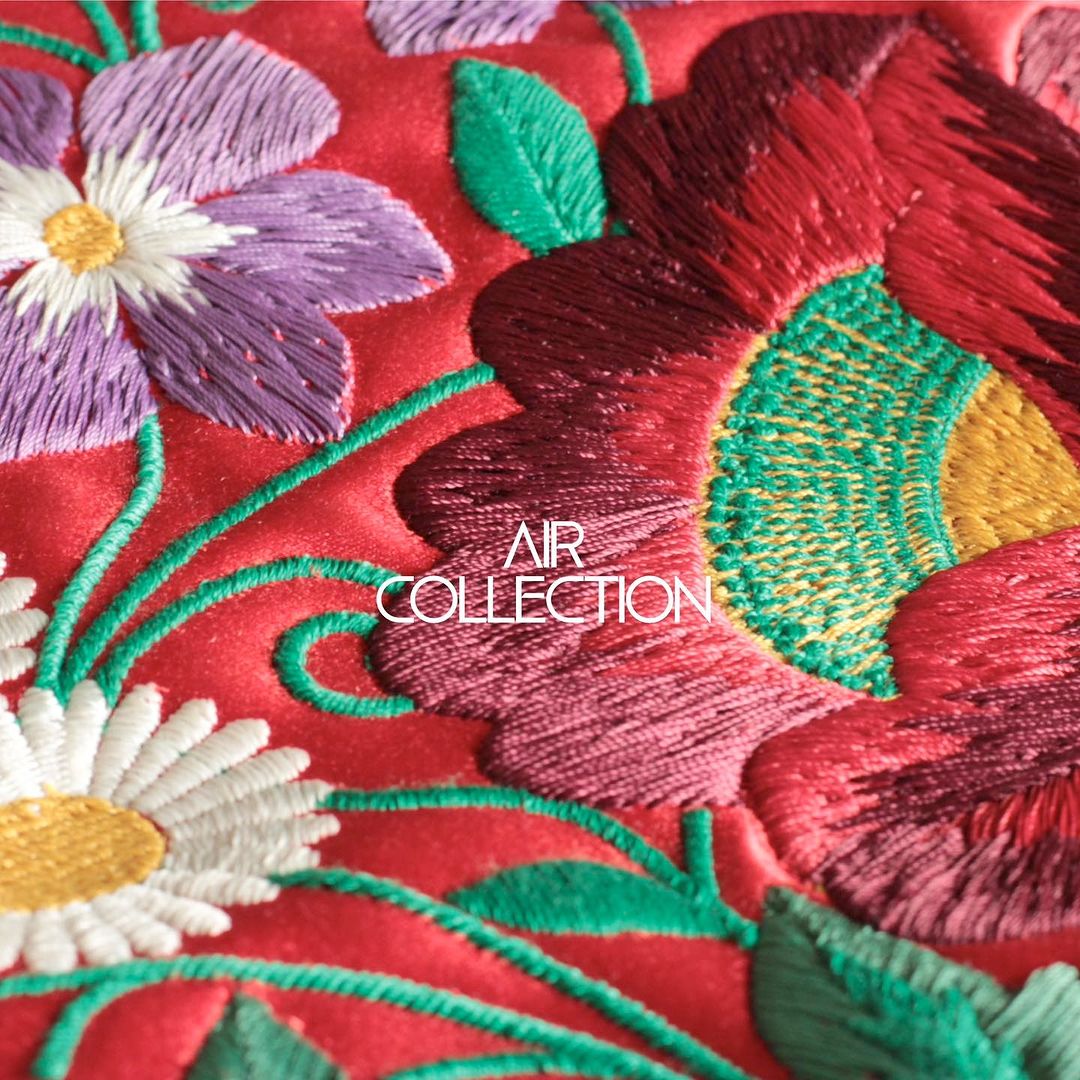Sustainability in embroidery: eco-friendly materials and techniques
Sustainability in embroidery is becoming a central theme in the craft and textile industry. With growing environmental awareness, many artisans are adopting more eco-friendly practices.
Sustainable fabrics for embroidery: eco-friendly choices
Choosing sustainable fabrics is critical for environmentally friendly embroidery. Materials such as organic cotton, linen and bamboo are excellent alternatives to traditional fabrics. Organic cotton is grown without the use of harmful pesticides, reducing environmental impact. Linen, made from the flax plant, is naturally durable and requires less water resources than cotton. Bamboo is another sustainable fabric, known for its rapid growth and biodegradability.

Ecological threads: alternative materials for sustainable embroidery
Eco-friendly threads are essential for those who want to practice sustainable embroidery. Organic cotton is a popular choice, but there are also options such as soy thread and recycled polyester. Soy thread is soft and durable, derived from by-products of tofu and soy milk production. Recycled polyester, on the other hand, is made from recycled plastics, helping to reduce waste and pollution.
Natural dyes: a green option for embroidery
Using natural dyes is one way to reduce the environmental impact of embroidery. Natural dyes are derived from plants and minerals, offering a range of colors without the use of harmful chemicals. For example, carcade produces a bright red hue, while indigo offers a deep blue. These dyes are not only eco-friendly, but also add a unique and authentic touch to embroidery projects.
Low-impact embroidery techniques
Adopting low-impact embroidery techniques is crucial for sustainability. Hand embroidery is a practice that, in addition to being traditional, requires less energy than machine embroidery. Using simple stitches and optimizing materials can also help reduce environmental impact. In addition, purchasing durable, high-quality embroidery tools can reduce the need for frequent replacement, minimizing waste.
Zero waste embroidery: how to reduce waste
The zero waste embroidery concept focuses on minimizing material waste. This approach involves using each piece of fabric and thread efficiently. Artisans can adopt techniques such as patchwork or quilting, which allow small scraps of fabric to be used. In addition, reusing old garments and turning waste materials into new creations are sustainable practices that reduce waste.
Upcycled embroidery: creating beauty from recycled materials
Upcycled embroidery is a trend that transforms discarded materials into works of art. Using recycled fabrics and threads not only reduces waste, but also gives new life to materials otherwise destined for the landfill. This creative approach can include using old jeans, vintage tablecloths, and even remnants of industrial fabrics. Each piece of upcycled embroidery tells a unique story and promotes sustainability.
Practical tips for sustainable embroidery at home
To practice sustainable embroidery at home, it is important to adopt some simple habits. Buy organic and recycled materials whenever possible, and try to reduce waste by using every scrap of fabric and thread. Invest in high-quality tools that will last, and experiment with natural homemade dyes. Participating in workshops or online communities dedicated to sustainable embroidery can also offer support and new ideas for eco-friendly projects.
The future of sustainable embroidery: trends and innovations
The future of sustainable embroidery is promising, with many trends and innovations on the horizon. Technology is playing a key role, with the development of new biodegradable materials and low-impact manufacturing processes. In addition, growing consumer awareness is pushing the industry toward more sustainable practices. Designers are exploring innovative techniques such as 3-D embroidery and the integration of natural elements, opening up new possibilities for embroidery that is not only beautiful but also environmentally friendly.